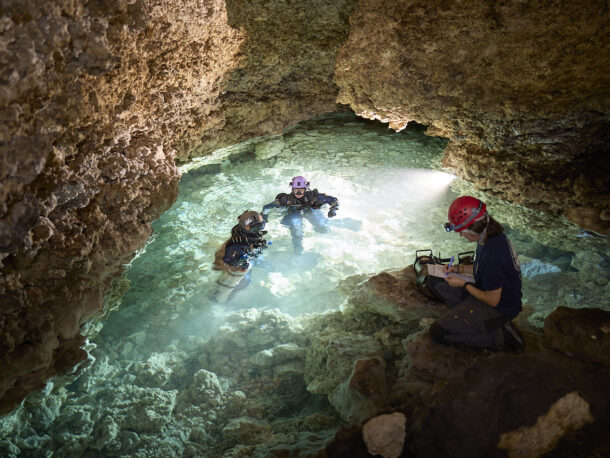
ABOUT THE PROJECT
Between October 13 and November 3, 2024, the Nixie Expeditions team conducted an interdisciplinary scientific mission on Muna Island, Southeast Sulawesi, Indonesia. The Expedition Buteng project aimed to explore and study the Laulawi Cave and aquifer system—one of the region’s most significant freshwater sources—through a combination of cave exploration, biological and geological research, and community-based cultural engagement.
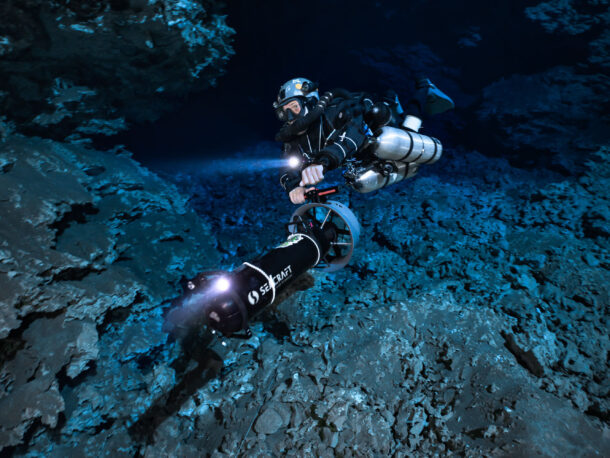
The Longest Underwater Cave System in Southeast Asia
During the expedition, researchers mapped 5.2 kilometers of the flooded Laulawi cave network, establishing it as the longest known underwater cave system in Southeast Asia. In addition, 22 dry caves were documented, with five fully mapped.
The project relied on advanced diving equipment, including high-precision GNSS systems, laser range finders, and rebreathers. The key part of the success of the whole project was Seacraft DPVs, which had been proven once again as efficient and safe exploration in those challenging environments.
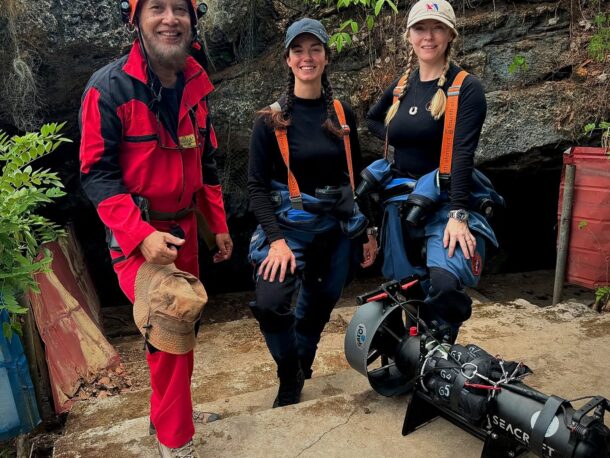
POWERED BY SEACRAFT
To enhance safety, Seacraft DPV models were incorporated to transport divers through the cave tunnels, significantly reducing swim time and lowering the risk of decompression sickness, the primary threat to the team.
“We used the scooters to extend our range substantially inside the cave passages. Their reliability and power allowed us to transport heavy scientific and filming equipment efficiently while conserving energy for data collection. In an environment where safety and endurance is vital, the scooters became an essential part of the expedition.” – said Maria Bollerup, one of the project managers of the expedition.
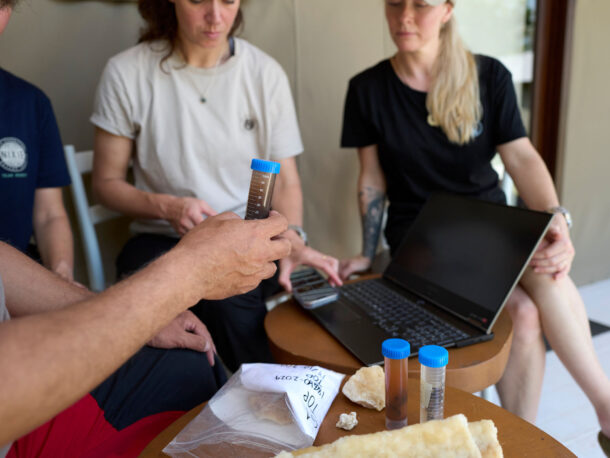
Scientific Discoveries and Analyses
The scientific team collected samples of water, sediments, and eDNA to study the ecosystem’s biodiversity and health. Results revealed low eDNA concentrations consistent with extreme subterranean environments and identified microbial DNA with potential medical applications.
Hydrological studies confirmed the interaction between freshwater and saline water within the system, while geological analysis uncovered six tectonic terraces and hypogenic formations that shed light on the cave’s ancient origins.
Expedition Buteng stands as a model of how scientific exploration can drive both environmental conservation and cultural preservation. Its findings will support ongoing hydrological and biodiversity research, as well as the local initiative for Muna Island’s UNESCO Geopark application.
SEACRAFT EQUIPMENT
HIGHLIGHTSEXPEDITION BUTENG
THE TEAM
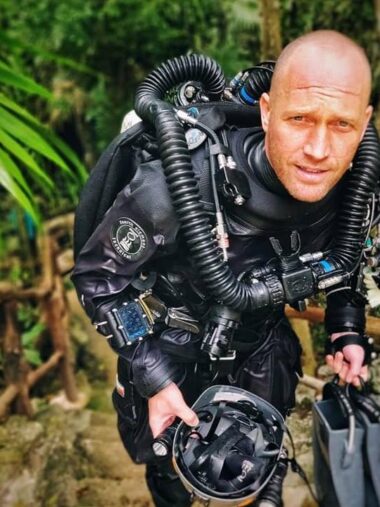
In-field Expedition LeaderRasmus Dysted
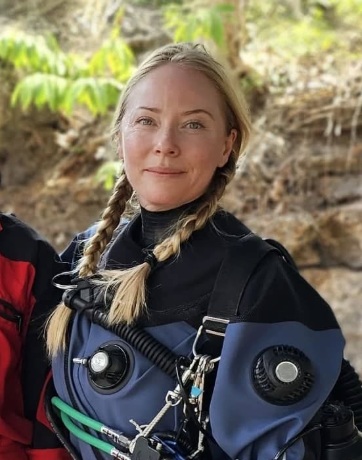
Project ManagerMaria Bollerup
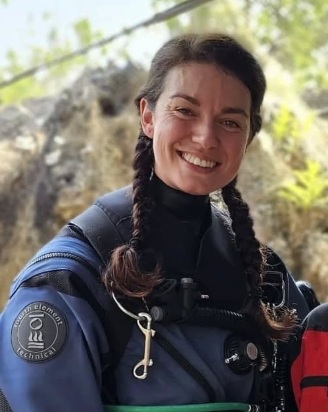
Project ManagerRannvá Tórfríð Jørmundsson
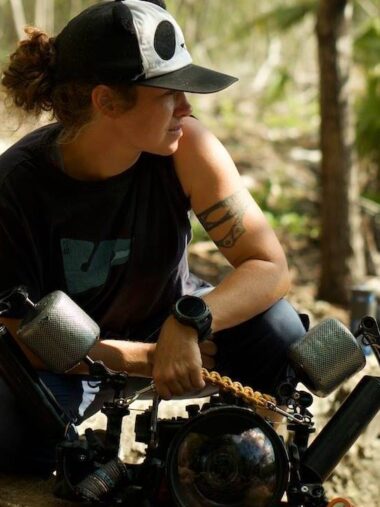
Head of DivingNatalie L Gibb
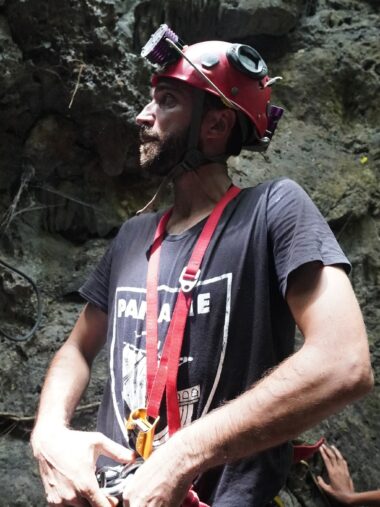
Head of Logistics Robin Cuesta
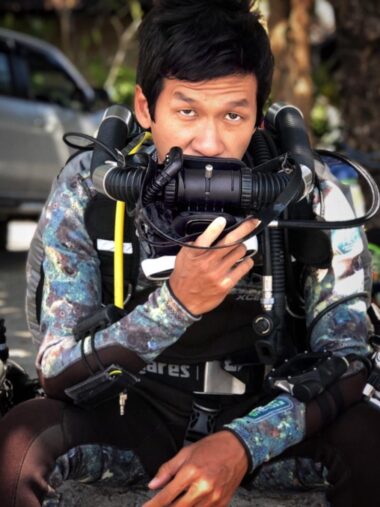
MappingAudita Harsono
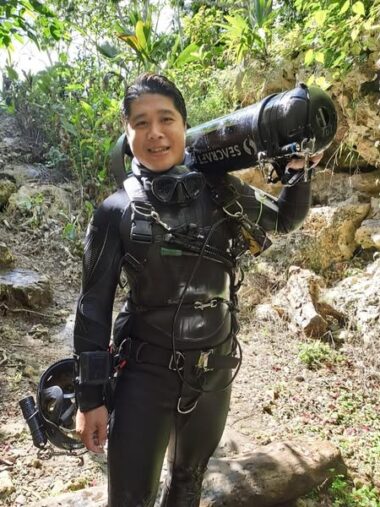
MappingArie Saputra
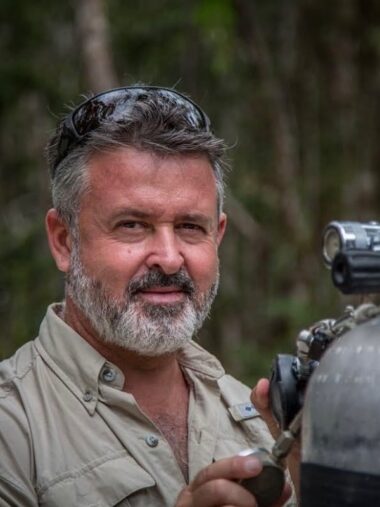
Head of CartographyDavid Mayor

Emergency Planning and MappingTamara Lelani May

Underwater photographerAlex Dawson

Underwater Lighting Magnus Määtä
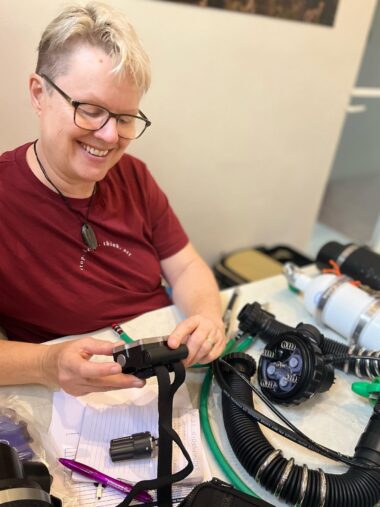
Underwater Field Science ConsultantJill Heinerth
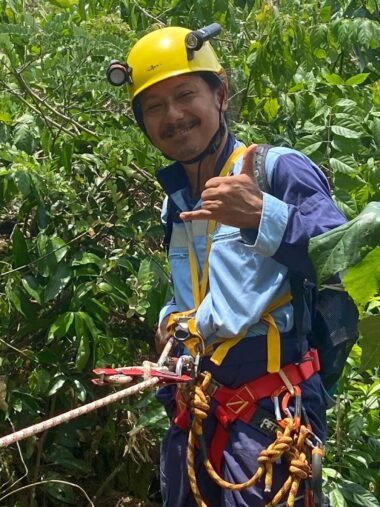
Dry Caving Team LeaderJuswono Budisetiawan
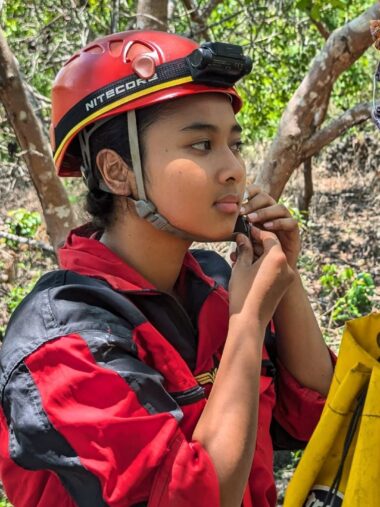
Dry Caving Team, exploration, survey, mappingKirana Raditya
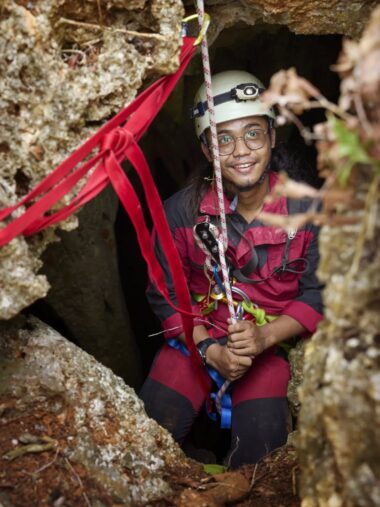
Dry Caving Team, exploration, survey, mappingTonny Budianto


















